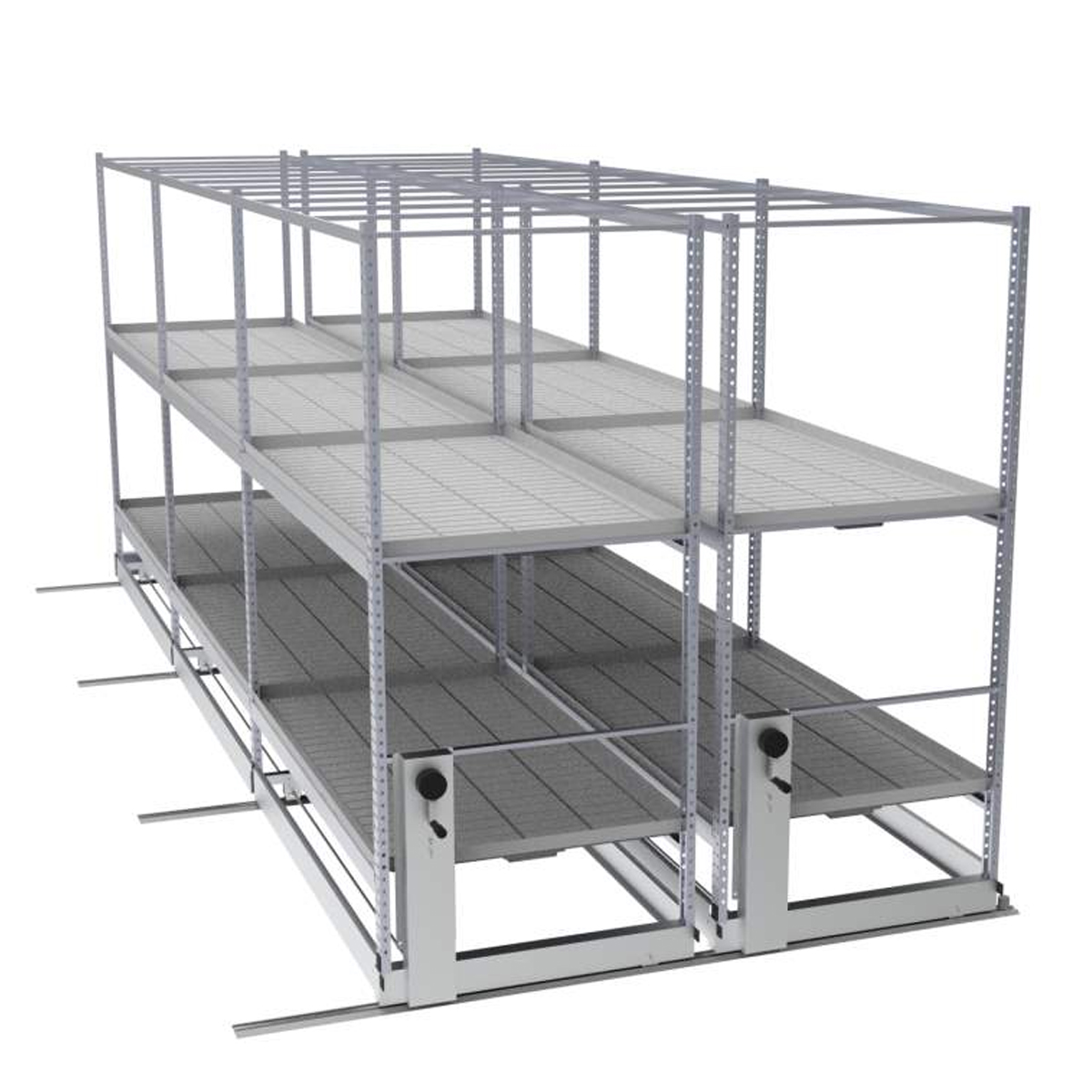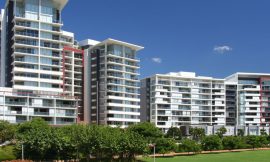As global food demand increases and urban spaces become more constrained, vertical farming has emerged as a popular solution for sustainable agriculture. By stacking plants vertically, this approach maximizes available space and enables high-density cultivation, even in urban settings. However, the unique arrangement of plants in vertical systems presents both opportunities and challenges, especially concerning two essential elements for plant growth: light and air circulation.
Vertical horticulture systems, such as industrial rolling racks, hydroponic rack systems, and 4×4 grow tables, have introduced new ways to optimize plant growth within limited space. But the effectiveness of these systems often depends on how well they address light distribution and airflow. This article explores how vertical farming impacts light and air circulation, and examines the benefits, challenges, and innovations in the field.
The Importance of Light and Air Circulation in Plant Growth
Light and air circulation are vital for healthy plant development. Photosynthesis, the process by which plants convert light energy into food, depends on adequate light exposure. Meanwhile, air circulation promotes gas exchange, reduces the risk of mold and disease, and aids in temperature regulation. For plants grown in vertically stacked arrangements, ensuring proper light exposure and airflow can be more challenging than in traditional farming setups.
Light Distribution in Vertical Farming
In vertical horticulture, light distribution is a major consideration due to the stacked nature of the plants. Unlike traditional farming, where sunlight can reach all plants equally, vertical systems often require artificial lighting solutions to ensure uniform light exposure.
- LED Grow Lights: One common solution is the use of LED grow lights, which provide a customizable light spectrum tailored to the needs of each plant type. These lights can be placed strategically on industrial rolling racks to maximize light exposure.
- Light Intensity and Distance: In vertical systems, light intensity often decreases with each additional layer. This requires careful adjustment of the light distance and intensity on each level to ensure all plants receive the necessary amount of light.
- Reflection Techniques: Some growers use reflective materials on the walls or shelving units to improve light distribution. This helps ensure that lower levels of plants in systems like a hydroponic rack system receive adequate lighting.
While these solutions help, ensuring uniform light across all plants in a vertical setup remains a challenge, especially as more layers are added.
Air Circulation in Vertical Farming
Air circulation is another critical factor affected by vertical farming setups. In confined spaces, maintaining good airflow is essential for preventing the buildup of humidity, pests, and diseases.
- Fans and Ventilation Systems: Many growers use fans or ventilation systems to improve airflow around plants. Placing fans on industrial rolling racks helps create a consistent air movement throughout the vertical system.
- Spacing Between Layers: The distance between layers can also influence air circulation. With systems like 4×4 grow tables, providing sufficient space between plant levels allows for better airflow and reduces the risk of moisture buildup.
- Temperature and Humidity Control: Vertical farming often occurs indoors, where temperature and humidity can be controlled more precisely. By regulating these factors, growers can create an ideal environment that supports healthy air circulation and minimizes disease risks.
Innovations in Vertical Farming for Light and Air Circulation
To tackle the unique challenges of light and air circulation in vertical farming, several innovations have been introduced.
- Rotating Rack Systems: Some vertical systems now feature rotating racks, which allow plants to be rotated under a light source. This ensures that all plants receive equal light exposure over time.
- Smart Monitoring Systems: Advanced vertical farming setups often include sensors that monitor light intensity, air quality, and humidity in real time. These sensors allow growers to make adjustments to ensure optimal growing conditions.
- Hydroponic Rack Systems with Integrated Lighting and Ventilation: Some hydroponic rack systems are designed with built-in LED lights and fans. This integration helps maintain both light and airflow, making it easier for growers to manage these factors efficiently.
Comparing Vertical Farming Systems: Which Is Best for Light and Air Circulation?
When selecting a vertical farming system, it’s essential to consider how well it supports light distribution and air circulation. Here’s a comparison:
- Industrial Rolling Racks: These systems are versatile and allow for the integration of both lighting and airflow solutions. They are well-suited for larger operations.
- 4×4 Grow Tables: Although primarily used for shorter crops, 4×4 grow tables provide flexibility in terms of spacing and airflow. However, they may require additional lighting adjustments for even distribution.
- Hydroponic Rack Systems: Hydroponic racks are highly effective for controlling both water and light exposure. With built-in lighting and ventilation, these systems provide consistent support for plant health.
Conclusion
Vertical farming presents both advantages and challenges in terms of light and air circulation. Innovations like LED lighting, ventilation systems, and smart monitoring are helping growers optimize these factors. By carefully selecting the right vertical farming system—whether it’s industrial rolling racks, 4×4 grow tables, or hydroponic rack systems—growers can create an environment that supports healthy, high-yielding plants.




